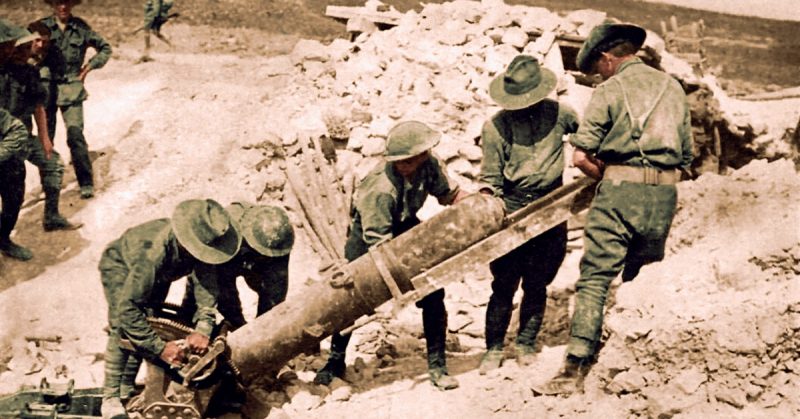This success came at a huge cost. The Australian 1st Division suffered 5,285 casualties — an inordinate number given a division normally consists of around 10,000 men.
By the time the Australian troop of the 1st Division “captured” the French town of Pozieres on July 23, 1916, it had been completely destroyed.
Charles Bean, Australia’s official “on the spot” historian and correspondent, wrote that Pozieres’s ridge “is more densely sown with Australian sacrifice than any other place on Earth.” The battle of Pozieres was just one of the battles fought in the wider arena of the Battle of the Somme.
Although the British Army hierarchy had the ultimate decision of who would attack where and when in the battle of the Somme, they nonetheless did consult with Australian commanders when Australian forces were to be used in attacks on German positions.
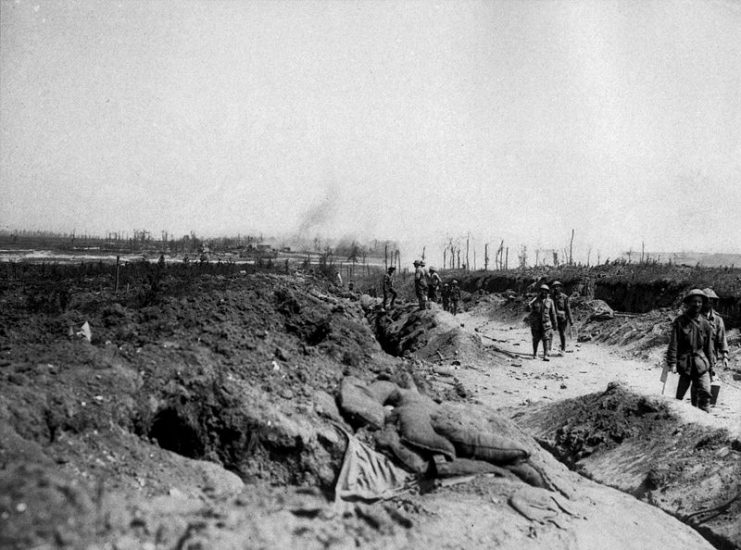
This was the case when Field Marshal Douglas Haig decided to attack the town of Pozieres because he assigned the initial attack to a 45-year-old general by the name of Hubert de la Gough. It was General Gough who would go on to become known for the inordinate Australian losses the year after at the disastrous Battle of Bullecourt.
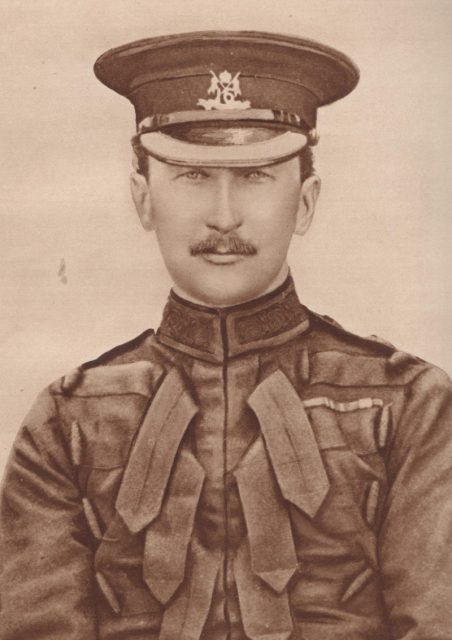
Gough was, even then, known for making rash and, at times, uncalculated decisions. However, he did consult with the Australian 1st Division’s commander, Major General Harold Walker, but insisted the Australians should attack Pozieres on the 19th of July — three days before the main British forces were scheduled to attack the Pozieres-Guillemont area.
General Walker, who had extensive experience from the year before at the Gallipoli campaign, could not be persuaded to order his troops to attack on July 19 and insisted they join the main British attack on July 23 which was on a broader front. In the end, Walker won the argument.
The attack by the Australian 1st Division came in three stages. It was originally intended to have each stage at 30-minute intervals. On July 22, the Australian 9th Battalion advanced toward Pozieres village. It was repulsed and had to fall back.
Prior to this attack by the Australians, British and Australian artillery fire kept up a ceaseless pounding of Pozieres village and the surrounding German defenses. Although it completely destroyed the village, the German defenses held up.
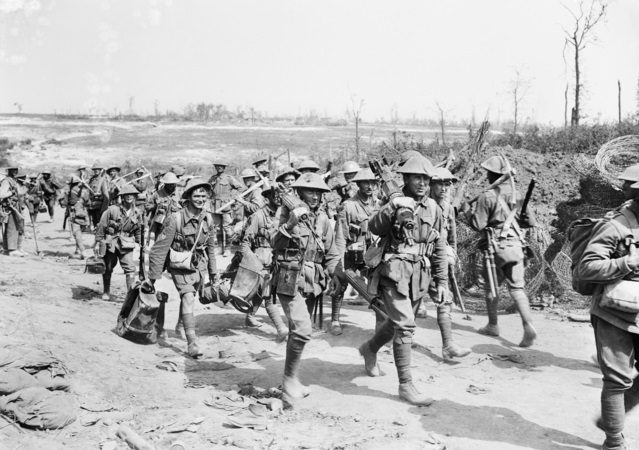
Then, on July 23, the Australian 1st and 3rd Brigades (upwards of 5,000 men) went over the top of their trenches, across no man’s land and, and took the outer German trenches that ringed what was left of Pozieres.
The Australians then went through the ruins of Pozieres and intended to seize the trenches behind the ruins. It was here that the Australians were forced to retreat because of the strong resistance of the entrenched Germans who had machine guns trained on them.
However, on their way back to their lines, the Australians did capture a number of Germans in a heavily defended bunker that the Australians called “Gibraltar.” They also captured some German stragglers. It was a small compensation.
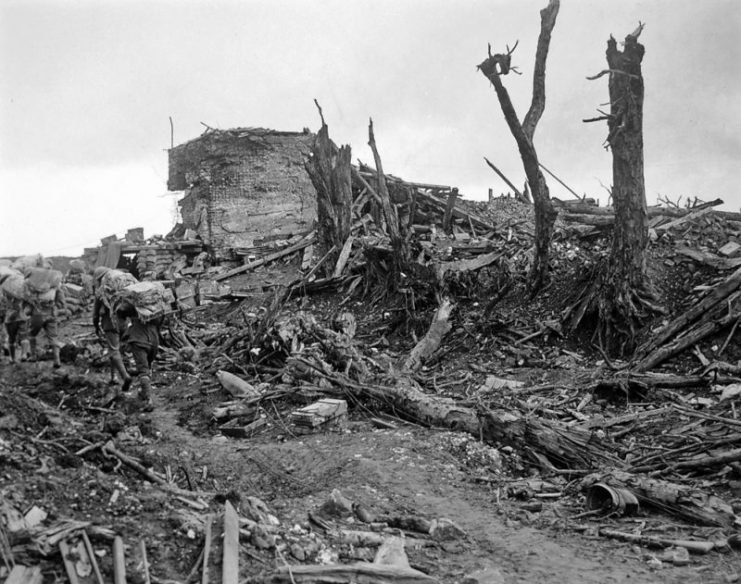
Meanwhile, the British Fourth Army was attempting to defeat the Germans with the aid of the French Sixth Army at a village called Guillemont. It was a costly mistake for a number of reasons, not least the being that the British commander Sir Douglas Haig and the French commander Joseph Joffe could not agree on tactics.
Consequently, the Germans were able to hold their positions, and the British and French troops were forced to retreat.
Pozieres was in some ways a success for the Australians who had advanced so far and taken German prisoners. But this success came at a huge cost. The Australian 1st Division suffered 5,285 casualties — an inordinate number given a division normally consists of around 10,000 men.
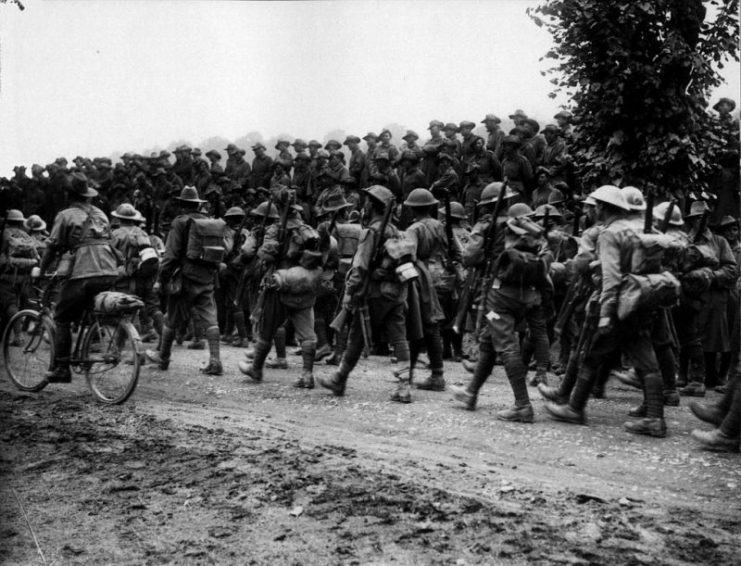
A poignant statement after WWI was made by a sergeant, E. J. Rule, when writing of his experiences at Pozieres: “They looked like men who had been in Hell… drawn and haggard and so dazed that they appeared to be walking in a dream and their eyes looked glassy and starey.”
The Battle of Pozieres is remembered for what it may have achieved if the Australians had had just had a little more luck. However, the two-day battle did see the awarding of five Victoria Crosses (VC) to Australia troops.
One VC was posthumously awarded to by a 35-year-old private, Tom Cooke, who fought a lone action against a German machine gun post. Cooke died in the encounter, and his body was never recovered. He joined thousands of other Australians in WWI who are just tagged “missing in action.”
